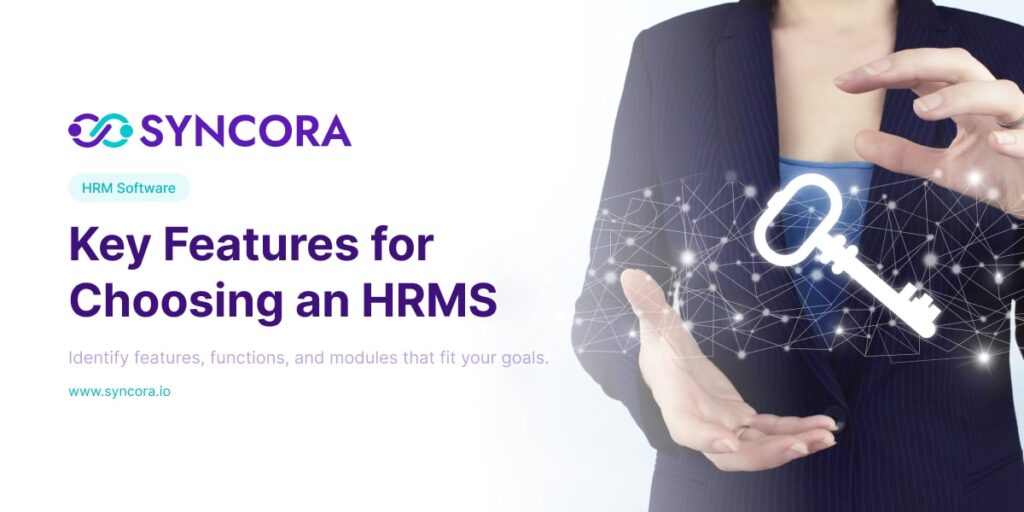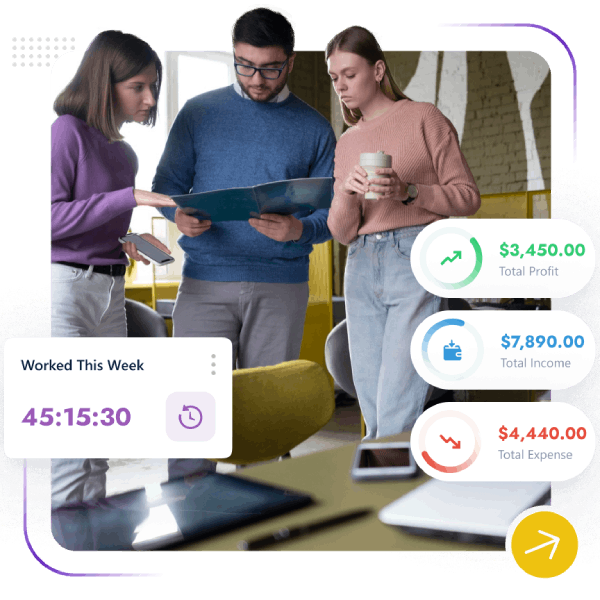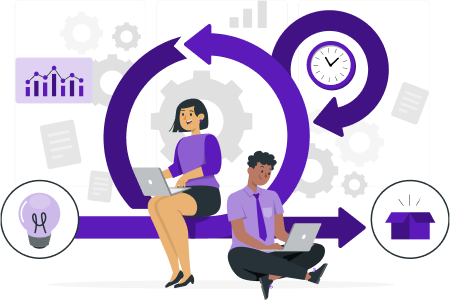Are you overwhelmed by the various types of HRM software available and unsure where to start?
Finding the perfect fit for your business begins with a clear understanding of your needs.
The first step is identifying the features, functions, and modules that align with your strategic goals.
HRMS technology spans a wide spectrum, from basic HR functionalities to advanced integrated features.
Identifying your HR team’s requirements is crucial in selecting the right system for your organization.
Question yourself, what do you need your HRM software to accomplish to truly support your vision for your organization?
In recent times, HRM software solutions are widely recognized as essential to achieving success.
Yet a lot of small and medium sized enterprises in Australia are far from utilising the benefits of HRIS. This is saddening, given the critical role these businesses play in driving economic growth, especially in Australia.
As the global market continues to become competitive and leverage the benefits of the latest technological advancements, SMEs are facing increased competition, which makes the adoption of the best HRMS in Australia even more crucial for their survival and growth.
When managed efficiently, human resource management can play a crucial role in helping workplaces achieve their goals and objectives, while driving overall success.
In this guide, I have discussed some of the most essential features that businesses must consider when looking for suitable HRMS or HRIS for their workplace.
Key Takeaways
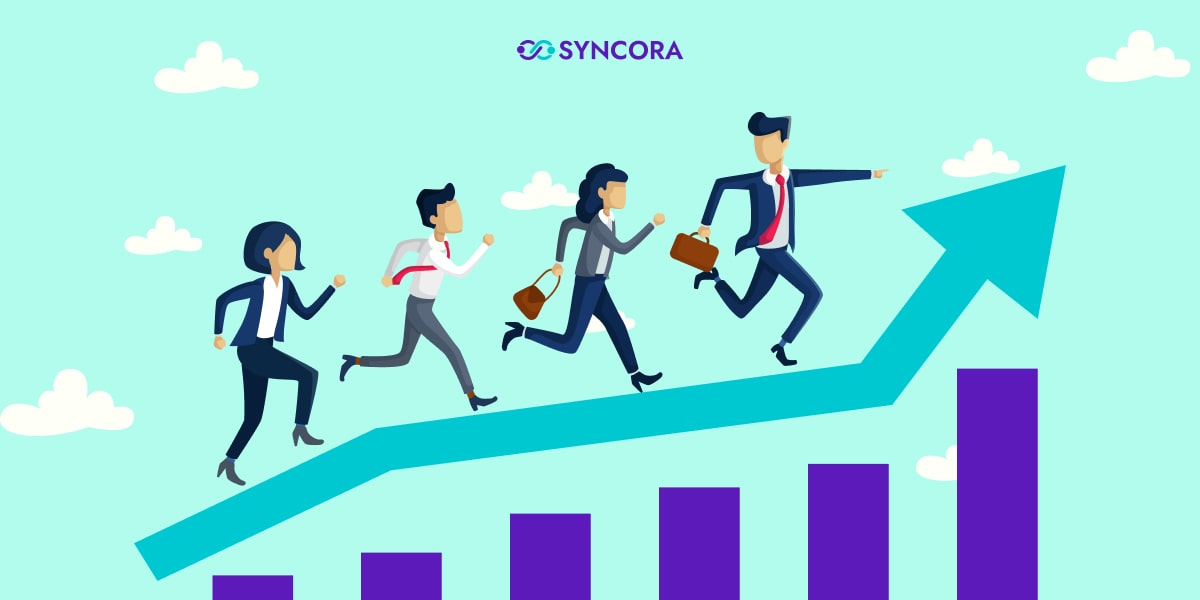
- Over the past four decades, employment practices have evolved towards a more strategic approach to human resource management.
- There is substantial evidence that HR practices in Australia have become increasingly individualised, data-driven, and focused on effective outcomes.
- As a result, the role of the human resource manager has grown more strategic and professional.
Things to Consider Before Choosing an HRMS

An HRMS, or Human Resource Management System, is a software tool designed to make HR tasks simpler and more efficient. By automating routine tasks like payroll, attendance tracking, and performance evaluations, this software reduces the time and effort spent on repetitive admin work.
This allows HRs to shift their focus from completing everyday tasks to making strategic decisions that bring growth and engagement in the workforce.
Research concludes that companies that use an HRMS tend to experience higher retention, as employees are more likely to stay in roles that are efficient, meaningful, and growth-oriented.
When looking for an ideal HRM software, employers must be mindful of the factors listed below:
- Business Goals: Employers must identify their business priorities, like expansion, restructuring, or talent growth. Consider how the right HRMS features can directly support these goals. If a feature doesn’t add value to your business strategy, it is not a necessity.
- Review HR Processes: Take a close look at your existing HR workload. Are there any bottlenecks, inefficiencies, or manual tasks that are still dependent on spreadsheets? An HRMS should streamline these processes, reduce errors, and eliminate redundancies.
- Estimate a budget: HRs must have a rough calculation of the initial setup cost and the maintenance costs once the hrms is implemented. Make sure that these costs do not affect your company’s financial strength.
Features to Look For in An HRMS
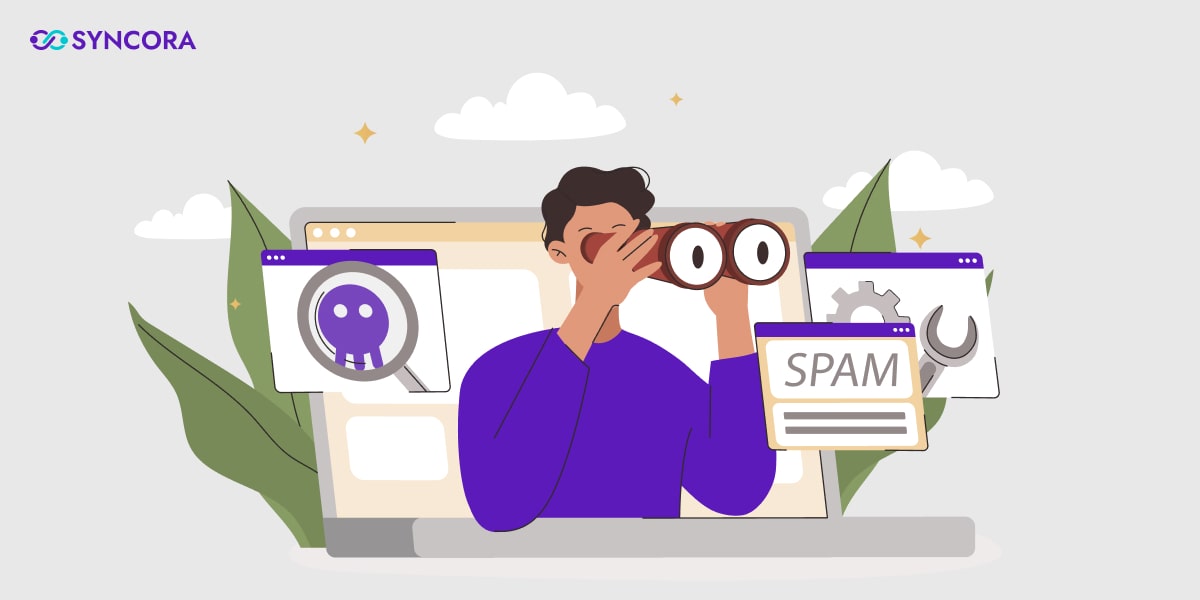
There are many types of integrated business solutions such as HRMS, HRIS, etc. each with different features and capabilities. Some are designed for specific industries, while others work across various fields.
Below, I have discussed some essential features that must be present in your human resource management software that you select.
HR Database
The HR database is the backbone of this software. It’s where all employee records, such as names, addresses, job titles and more detailed information like performance reviews and training history, are stored,
While it may seem like a simple feature, this database is crucial because it holds sensitive information like bank details of employees for payroll. That makes data security a top priority. When evaluating an HRMS, make sure it has strong protections in place to keep sensitive information safe.
Recruitment

A recruitment module should make hiring easier from start to finish.
Does your team spend time on internal approvals or paperwork? This module can handle that for you. It also lets managers and HR post job ads and share important documents online with just a few clicks.
Are you tired of tracking applicants? The recruitment module keeps a record of it all in one place.
Can you imagine the time and effort this software saves?
Onboarding

Once you’ve hired new employees, it’s time to guide them through your organisation’s onboarding and induction process.
A human resource information software can automate this process. For example, new hires can be automatically introduced to their colleagues and various departments of the company, making them feel welcomed and informed from the beginning.
The system can also send notifications to relevant departments, ensuring everything is set up for the new hires, such as giving them access, user accounts, and security passes, without HR needing to manually follow up.
Ideally, the software also connects the onboarding process with performance and talent management modules. This means that from day one,the progress of new candidates can be tracked.
Learning Management System
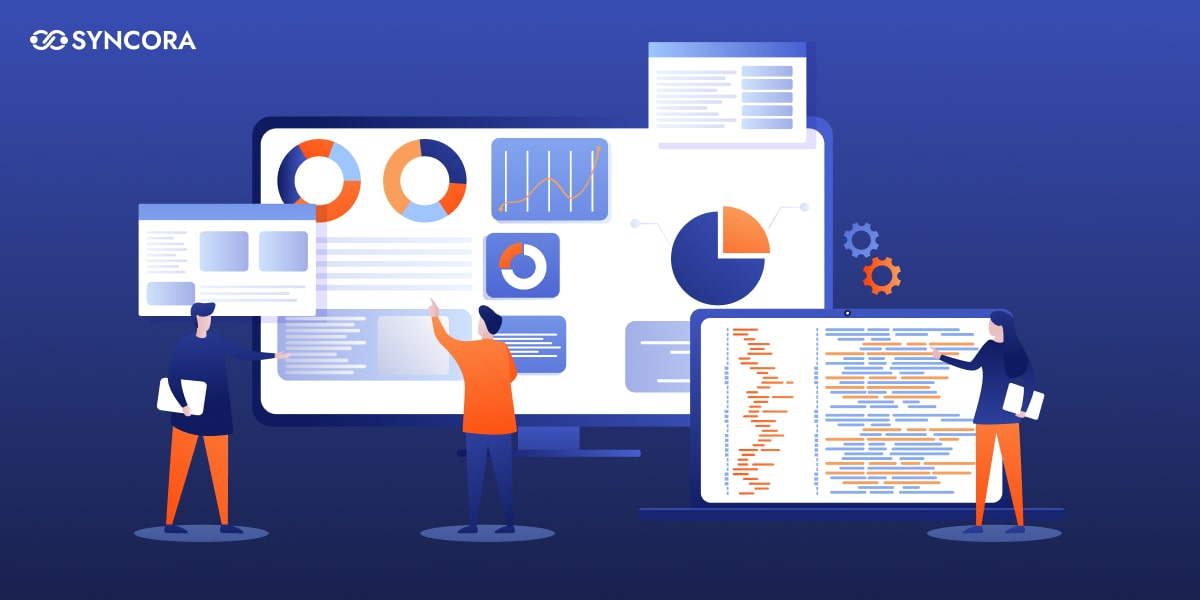
An ideal HRM system should include a Learning Management System (LMS) to support employee learning and development.
Many businesses in Australia and New Zealand have already adopted this integrated approach and are seeing the benefits of a more skilled and capable workforce.
An automated, scalable HRMS in New Zealand with an LMS can make a real difference. It helps HR teams, team leaders, and training administrators streamline employee training.
It also helps you to ensure whether employees have the right tools and resources to grow within the company.
With this module, HRs can provide a personalised learning experience for each employee.
Here’s what an LMS in an HRMS can do:
- Learn anytime, anywhere: Access training on any device, at any time.
- Advance schedule access: Plan learning with schedules ahead of time.
- Manager recommendations: Managers can suggest relevant training.
- Identify training needs: Admins can spot and address skill gaps.
- Share assessments easily: Managers can share learning results effortlessly.
- Set learning goals: Admins can assign clear goals to individuals or teams.
Performance Management
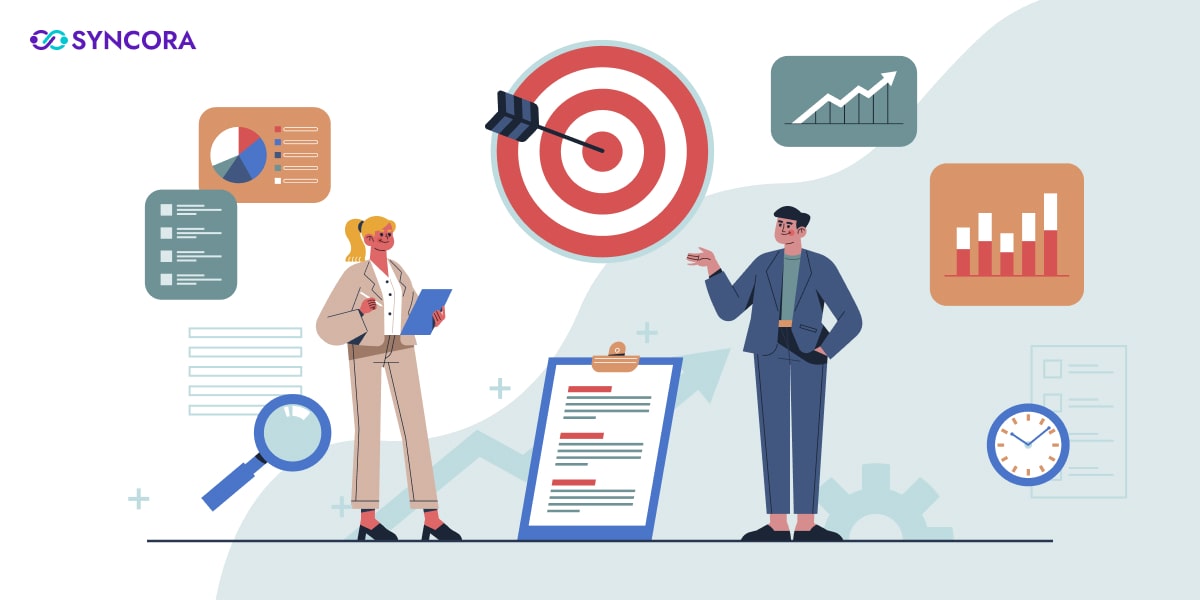
A performance management module tracks the goals and targets accomplished by employees and automates appraisals. It also sets job standards that the company expects from its workforce. Here are key features that every performance management module has:
- Set and manage personal goals: Easily define and track individual performance goals.
- Link to competency framework: Align goals with your company’s competency standards.
- Schedule appraisals: Automatically set up appraisal and review meetings.
- 360-degree feedback: Collect feedback from all angles to get a well-rounded view of performance.
- Instant feedback tools: Provide real-time feedback as performance happens.
- Big data insights: Use data to gain a broader view of individual performance trends
Time and Attendance
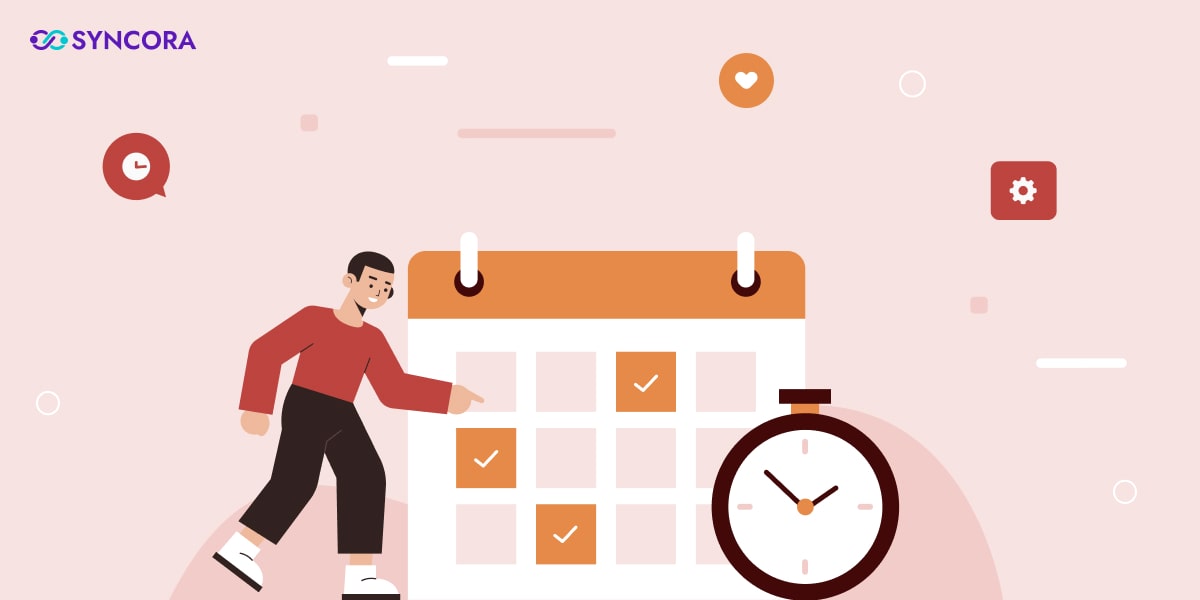
This is one of the longest-running automated HR functions, alongside payroll.
Have you ever struggled to keep a check on “buddy punching,” where one employee clocks in for another? Modern HRM software solutions use biometric identification to solve this problem.
With these systems, tracking employee attendance becomes effortless. In fact, remote or mobile workers can easily log their working hours.
By automating these processes, you not only save time but also reduce errors and improve accuracy in payroll and compliance.
Absence and Leave Management
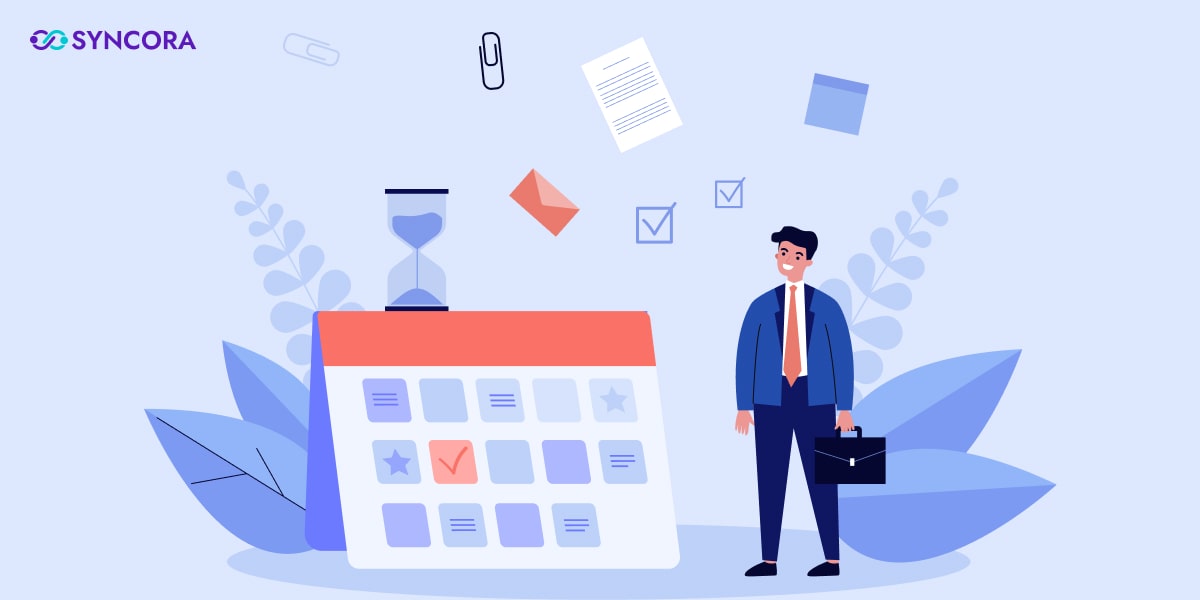
The leave management module is an automated way to allocate, book, approve, track and monitor leaves or absences from the workplace. It is often linked to the time and attendance and workforce management features in an HRM software.
Employees may book leaves for vacations, compassionate reasons, illness, parental leave, or even jury duty. Request and approval processes are streamlined and are accessible to HRs, managers, and employees.
Common absence and leave management module features include:
- Self-service leave requests
- Integration with workforce management (scheduling) and time and attendance functions
- ‘Account management’, tracking accrued vacation time and usage.
- Metrics and analytics
HR Analytics
HR analytics is a powerful tool that helps businesses make smarter, data-driven decisions about their workforce.
It gathers and analyses data from the software and other systems to give you insights into things like employee performance, turnover rates, and hiring trends.
By using HR analytics, employers can spot patterns and trends that might not be obvious at first glance. For example, it can help you understand why employees are leaving and what might be done to improve retention.
It can even predict future trends, giving your business a competitive edge by helping you plan ahead!
Payroll
Payroll is a key function that provides payroll integration with third party payment solutions. With HRMS-based payroll, you get better data security, improved accuracy, and fewer errors. Not only that, it also allows HRs to access everything in one system. Isn’t that a smoother way to handle payroll?
Smooth HRMS Adoption Starts with Effective Training

Once you’ve selected the right human resource management software for your business, the next crucial step is training your employees on how to use it effectively. Most HRMS systems come with built-in training materials nowadays.
It’s not necessary to launch the system for everyone all at once. In fact, starting with a smaller group of employees can be a smarter approach. This allows you to see how it’s functioning initially and eliminate any issues and ensure that everyone is fully trained before the system is rolled out company-wide.
Syncora seamlessly integrates various HR features to ensure smooth management and efficient operation of businesses. Its primary goal is to enhance employee performance, aligning it with the organization’s business objectives.
If you are ready to elevate your business to the next level, visit the website today!
